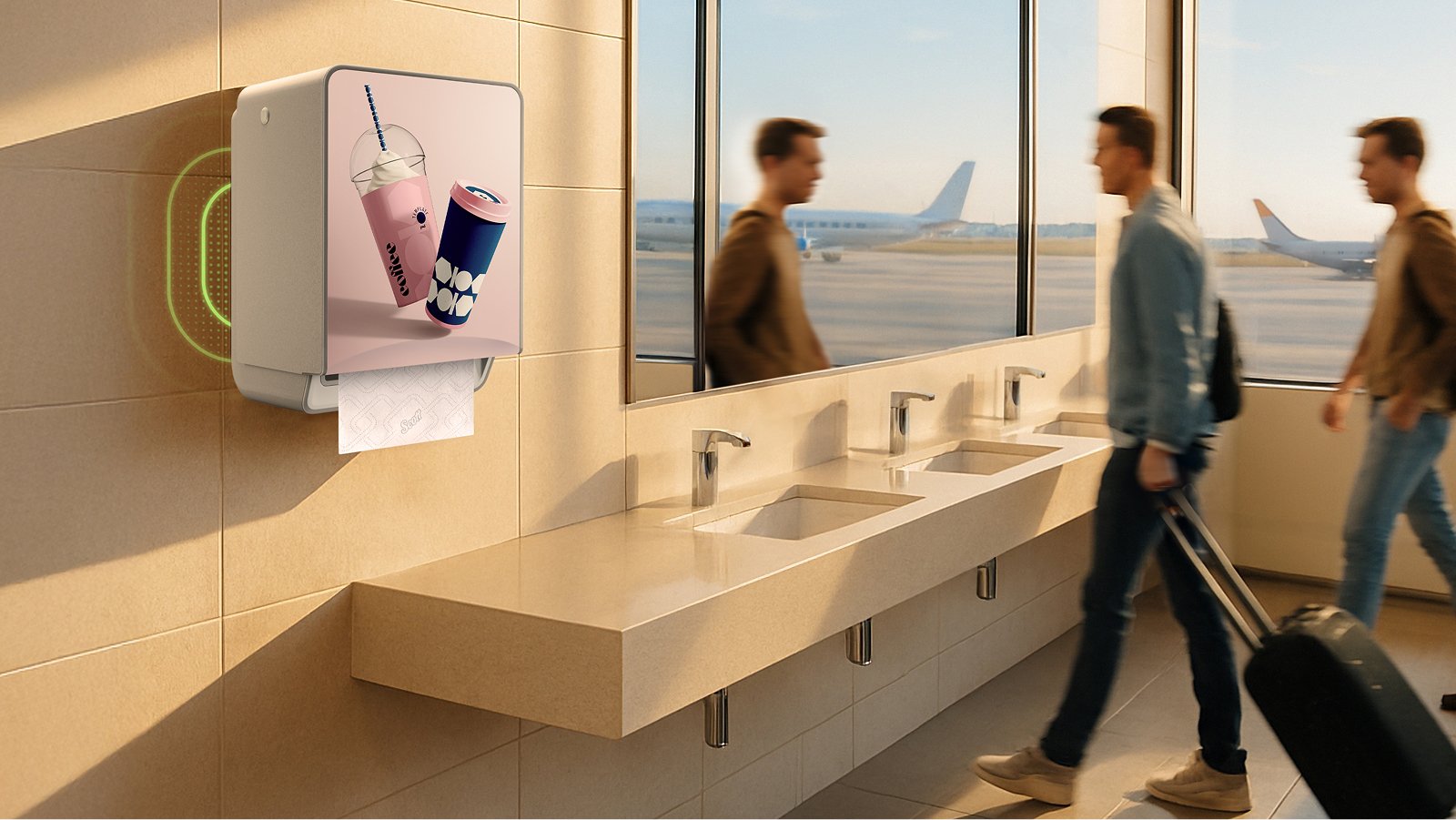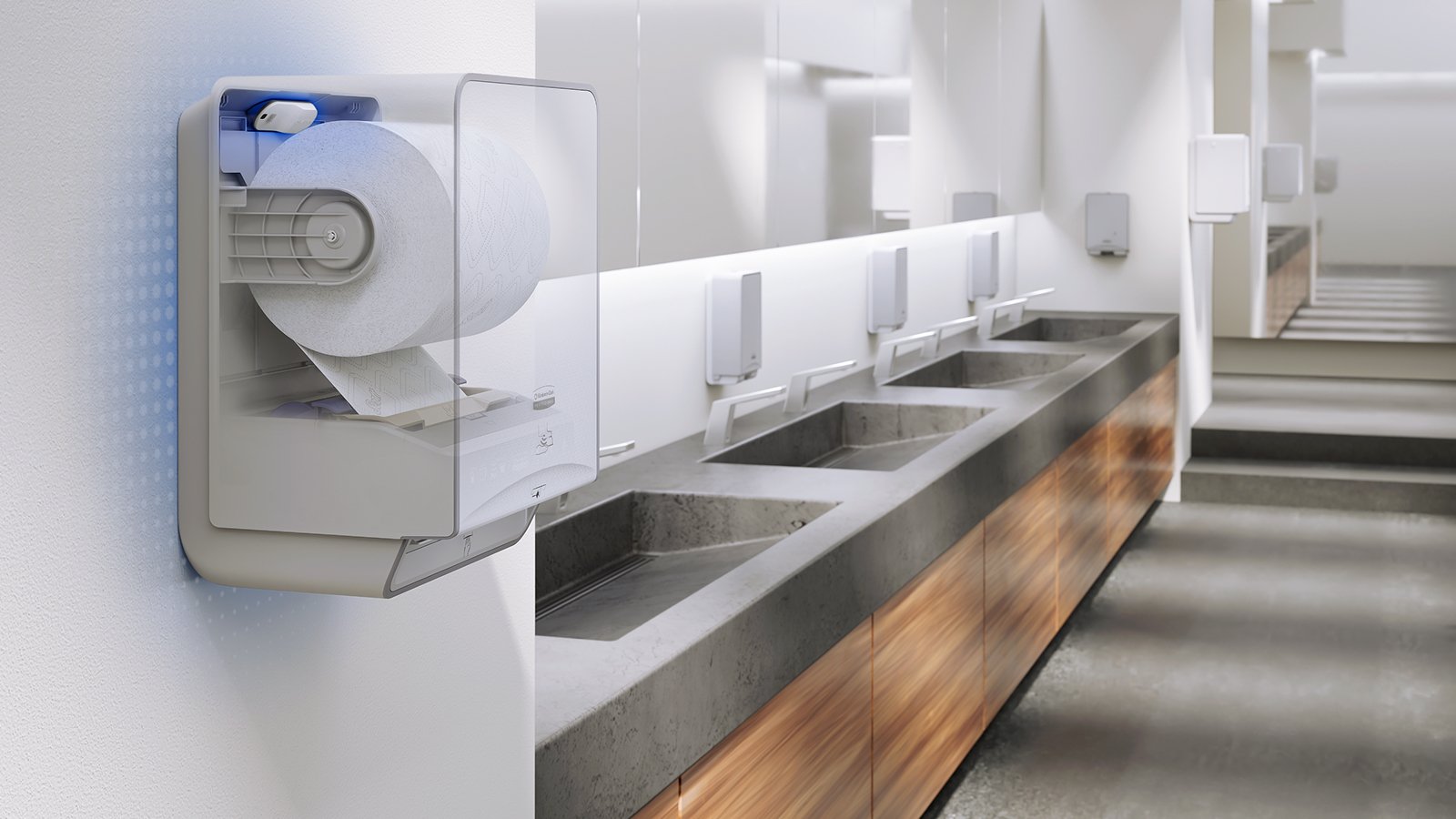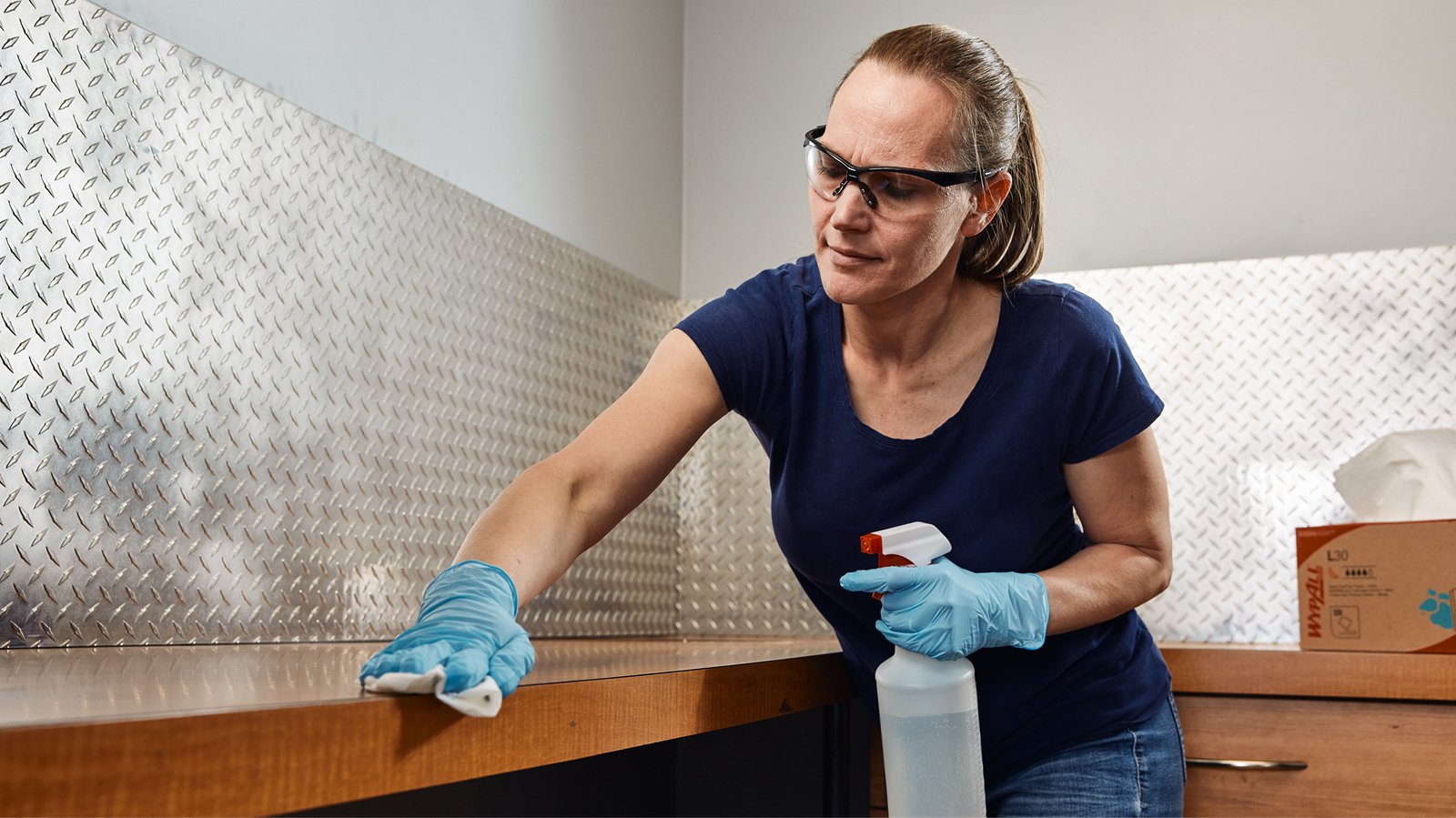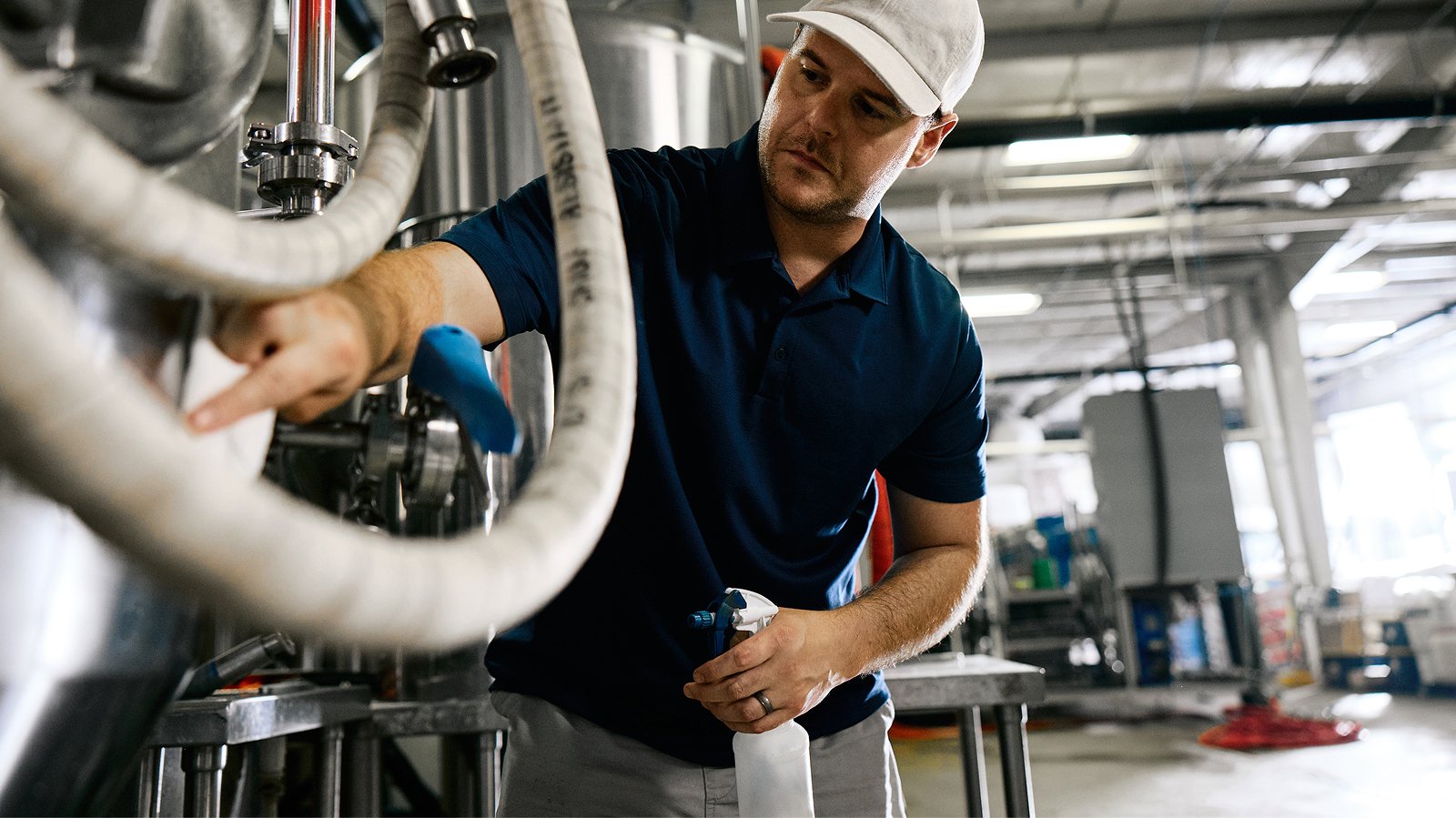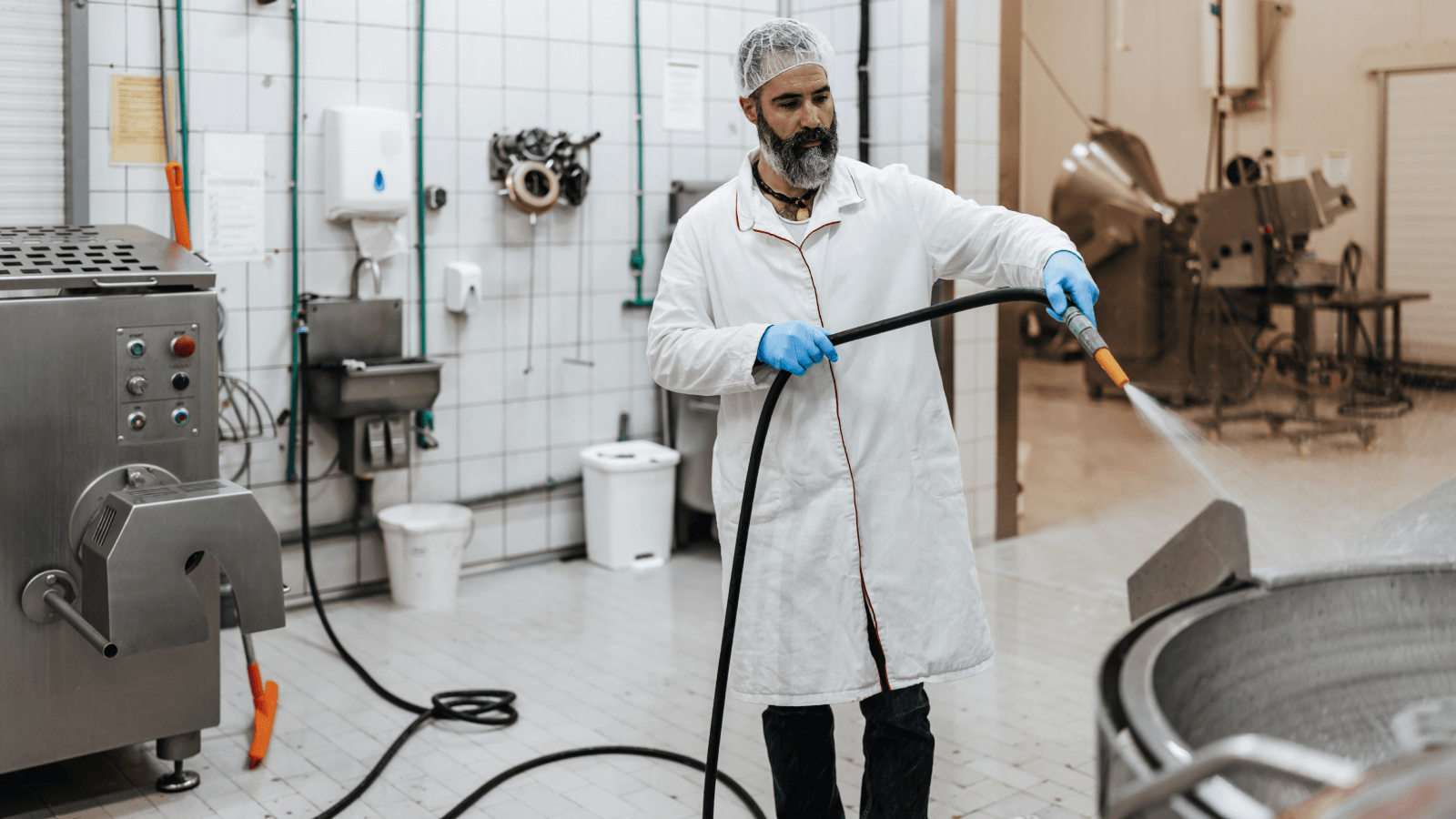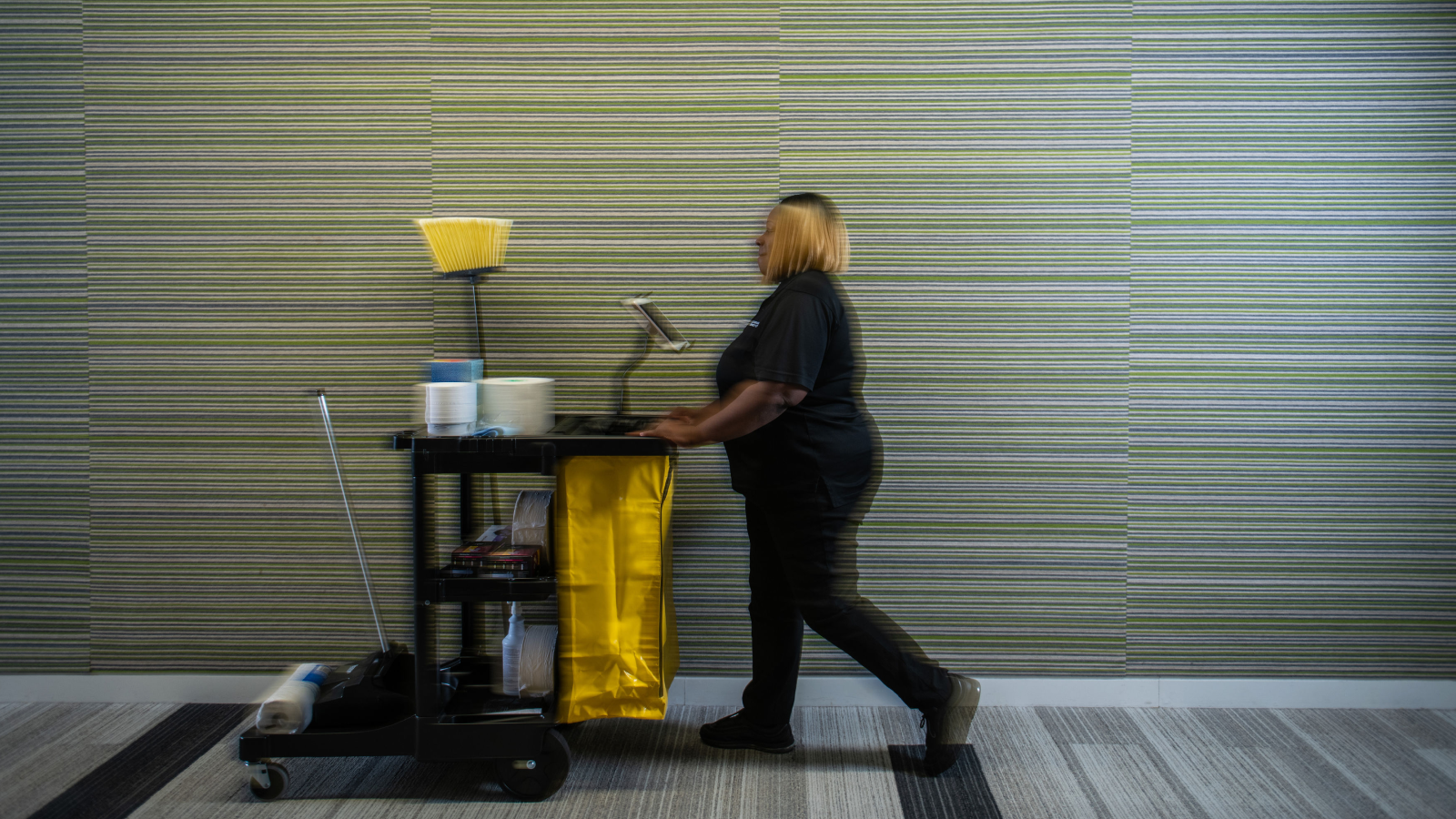Last Updated MARCH 2024
Rise of “the Tripledemic” – Frequently Asked Questions and Preventive Actions
Prepare for the "tripledemic" as influenza, COVID-19, and RSV converge, posing significant health risks. Learn key strategies to prevent disease spread, from effective handwashing to using compatible cleaning products.
Arm yourself with Kimberly-Clark Professional products to confidently combat this health crisis.

So, what exactly is the “tripledemic” I keep hearing about?
The “tripledemic” refers to the convergence of three illnesses at once — influenza, COVID-19, and respiratory syncytial virus (RSV). These illnesses can each be very serious on their own, particularly for at-risk populations such as:
Adopting “common sense” measures — like practicing good hand and surface hygiene — can help individuals and organizations limit the spread of illness.
- the very young
- the very old
- those who are immunocompromised
A high frequency of these illnesses at similar time periods may overwhelm hospital systems in a way that compromises care. 1
How are these viruses most commonly spread?
While COVID-19 spreads through respiratory droplets and aerosols, RSV can easily spread through contaminated surfaces. When coupled with the risks of contracting RSV in the very young, who are more prone to touching objects and touching their mouths, it becomes critically important to properly disinfect surfaces to help protect against the spread of RSV.
The flu can also spread through both respiratory droplets and contaminated surfaces, so good surface hygiene is an important weapon in the fight against these illnesses.2
What are some practical defenses against these types of illnesses?
Since all these illnesses involve the respiratory system, it’s important to consider how symptoms influence the spread of disease. As people cough and sneeze into their hands, those same hands will touch surfaces. New hands may touch the same surface, picking up the germs, and potentially leading to infection in a new host (see Figure 1).
Adopting “common sense” measures — like practicing good hand and surface hygiene — can help individuals and organizations limit the spread of illness. Encouragement and providing supplies to cope with the increased frequency of hand washing and sanitizing help to ensure hand hygiene remains a top priority.
Also, focusing on frequent routine cleaning and disinfection, especially on high-touch surfaces, can help further mitigate the spread of germs.
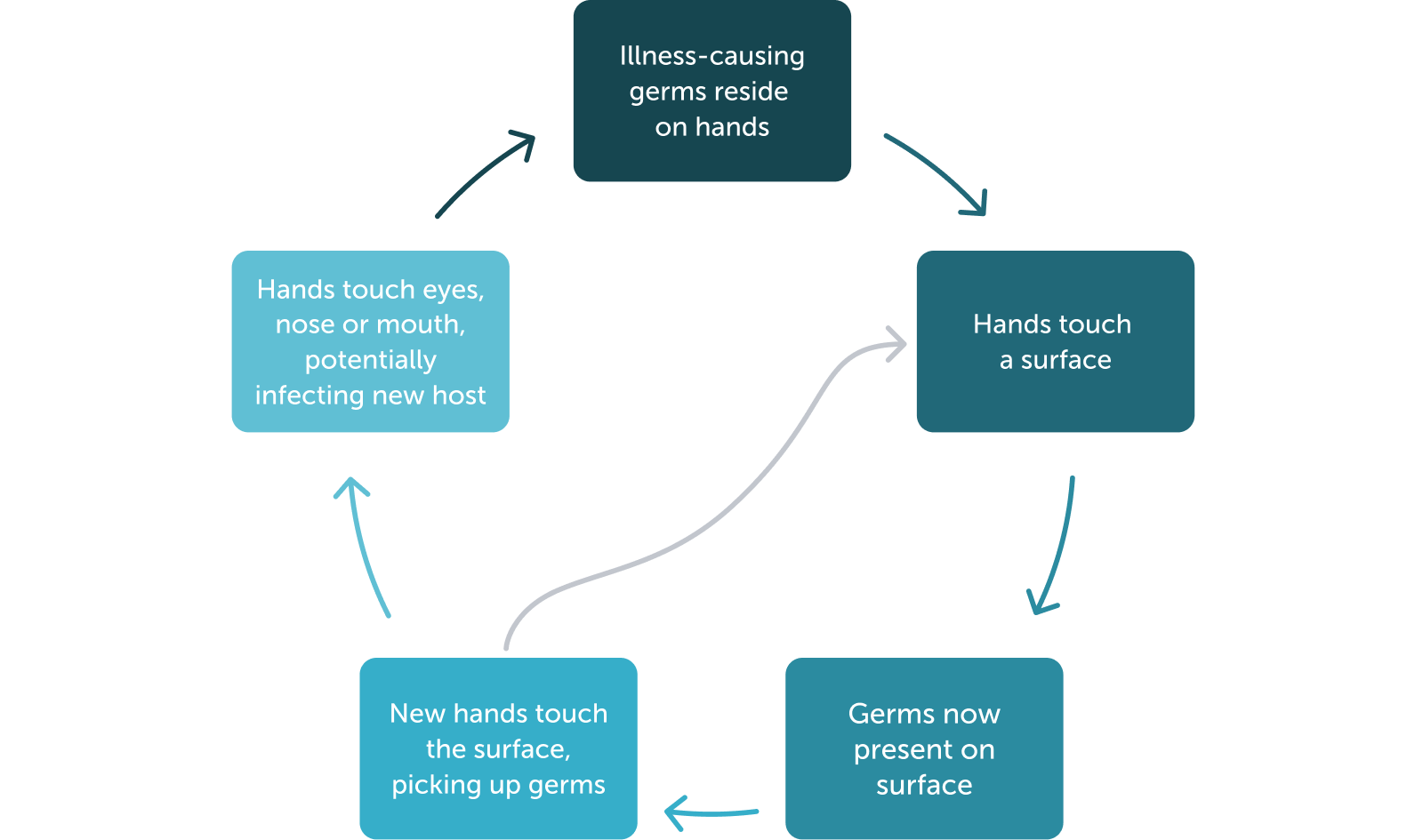
Figure 1: How hands and surfaces interact to spread illness
Are different hand washing or hand sanitizing protocols required when it comes to these organisms?
No, but it is crucial to realize that most people do not wash their hands correctly.3 Studies have shown:
“The average person touches their face anywhere from fifteen to twenty-three times per hour. And, on average, only wash their hands about 10 times per day. This leaves hundreds of opportunities daily to transfer bacteria and viruses from work surfaces, home surfaces, and the people in our lives directly to our nose and mouth.”4
Therefore, reinforcing basic hand hygiene and helping people to understand the why behind each step may be a good preventative step to help stop the spread of illness.5
The average person touches their face anywhere from fifteen to twenty-three times per hour. And, on average, only wash their hands about 10 times per day. This leaves hundreds of opportunities daily to transfer bacteria and viruses from work surfaces, home surfaces, and the people in our lives directly to our nose and mouth.4
Does Kimberly-Clark Professional make any hand hygiene products that could help stop the spread of germs?
Yes, Kimberly-Clark Professional has a wide array of hand hygiene and skin care products, including soap and hand sanitizer, designed to meet the needs of offices, schools, factories, restaurants, high-traffic locations, and hospitality and healthcare facilities.
We make effective, efficient products with a strong focus on the gentleness of the skin so that discomfort doesn’t negatively impact hand hygiene. These products are also hygienically sealed so that hygiene is not compromised during the process of refilling dispensers.
Kimberly-Clark Professional also provides high-quality restroom products such as single-use paper towels to promote hygienic drying of hands after washing. Since wet hands spread more germs than dry hands, it is important to dry them thoroughly.6
What about cleaning surfaces? Which biocides work against these viruses?
When it comes to surface care, the use of germ-killing (biocidal) products is key. An important aspect to consider is the list of organisms killed by the active ingredient in the product, which can be found on the product label.
There you’ll also find directions on how to properly use the product to kill specific germs, such as the amount of time the formula needs to dwell on the surface.
When considering how to disinfect surfaces against the organisms associated with the “tripledemic,” looking for the following organisms on product labels is critical:
- Influenza (labels may specify a strain like “Influenza A” or “H1N1”)
- Respiratory syncytial virus (RSV)
- SARS-CoV-2 (this is the virus that causes COVID-19)
Do cleaning materials matter?
Yes, not all cleaning materials are compatible with all types of active ingredients.
For example: a recent study showed that, when quaternary ammonium compound (“quat”)-based disinfectants were used with soaked cellulosic rags in a bucket, disinfection efficacy was reduced by approximately 80% in just a four-hour period.7 Similarly, microfiber cloths are typically not compatible with bleach-based disinfectants.8 To ensure cleaning protocols deliver a consistent disinfecting experience, consider the role cleaning materials can play.
Does Kimberly-Clark Professional make any surface hygiene products that could help with the “tripledemic?”
Yes, we do! Kimberly-Clark Professional has the #1 closed bucket wiping system in North America, WypAll® WetTask™. WetTask™ offers a variety of codes that are compatible with common disinfectant chemistries and a guide to help create confidence in choosing the right solution.
This customizable Wet Wiping System allows users to create their own pre-saturated wipes with their preferred and trusted biocidal solutions. WetTask™ also has a product selection tool that makes it easy to pair the right base sheet with your preferred disinfection chemistry.
No matter what products are chosen, customers should make sure they are using chemistries and products with labels that specifically list influenza, RSV and SARS-CoV-2 on the list of organisms killed.
When it comes to hand and surface hygiene, Kimberly Clark Professional can meet your needs. Ask your Kimberly-Clark Professional representative to help you choose the right hygiene solution for your business.
2Macmillan, C. (2023). ‘Tripledemic:’ What Happens When Flu, RSV, and COVID-19 Cases Collide?. Yale Medicine. https://www.yalemedicine.org/news/tripledemic-flu-rsv-and-covid-19
3Borchgrevink, C., Cha, J.M., Kim, S.H. (2013). Hand Washing Practices in a College Town Environment. Journal of Environmental Health. 75(8). https://www.jstor.org/stable/26329601
4Roberts, N.F. (2019). After All These Years, You’re Washing Your Hands The Wrong Way. Forbes. https://www.forbes.com/sites/nicolefisher/2019/12/22/after-all-these-years-youre-washing-your-hands-the-wrong-way/?sh=29bdbf5518f3
5Understanding the whys of hand hygiene. (2023 August). Kimberly-Clark Professional. https://www.kcprofessional.com/en-ca/workplace-insights/health-and-safety/hand-hygiene-basics-white-paper
6 Patrick, D. R., Findon, G., & Miller, T. E. (1997). Residual moisture determines the level of touch-contact-associated bacterial transfer following hand washing. Epidemiology and infection, 119(3), 319–325. https://doi.org/10.1017/s0950268897008261
7 Boyce, J. M., Sullivan, L., Booker, A., & Baker, J. (2016). Quaternary Ammonium Disinfectant Issues Encountered in an Environmental Services Department. Infection control and hospital epidemiology, 37(3), 340–342. https://doi.org/10.1017/ice.2015.299
8 Pagenkopf, G. (2011). What’s Your Microfiber Program?. Cleaning Maintenance and Management Online. https://cmmonline.com/articles/whats-your-microfiber-program










